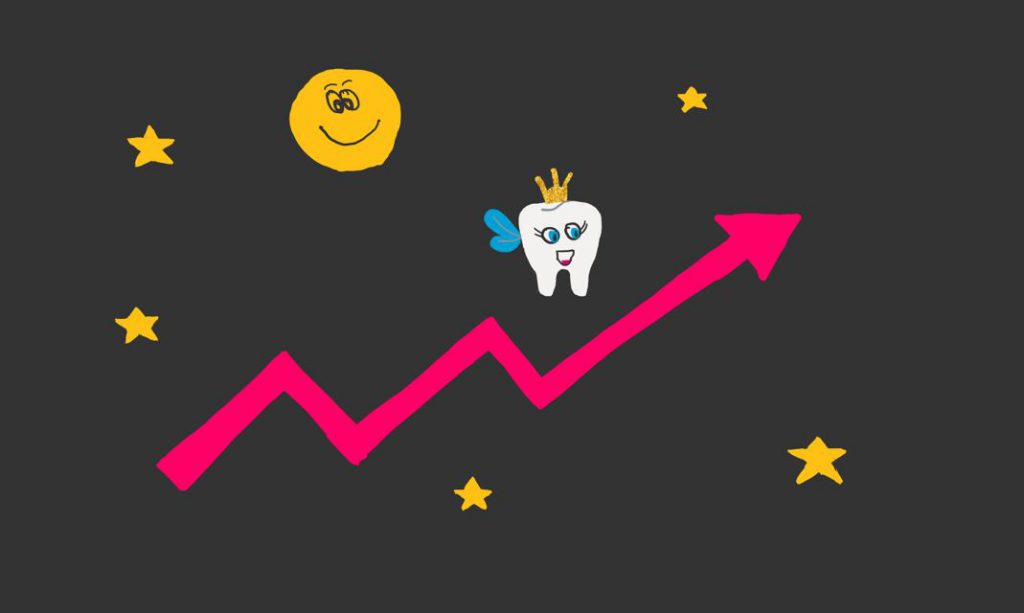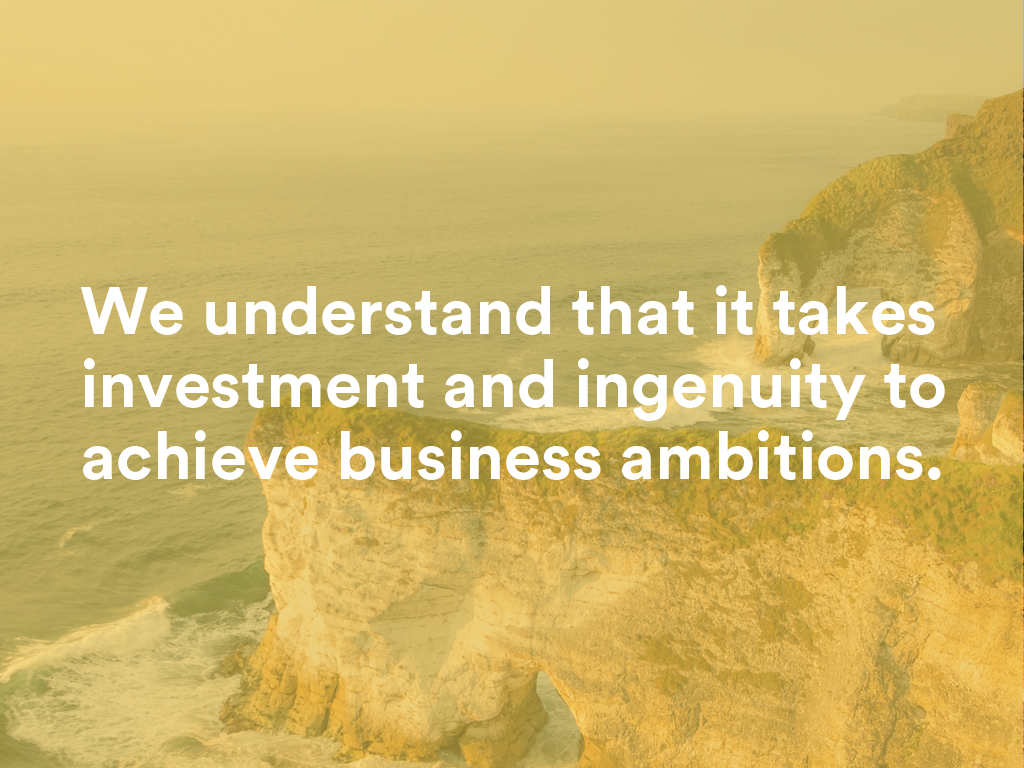
Anticipation of the imminent arrival of the Tooth Fairy has created much excitement in our house of late. Having managed to negotiate a £2 coin for the first tooth and £1 coins for each subsequent tooth, I appear to have successfully deflected the suggestion of paper money (for now). Whilst there is every chance the agreed deal will be renegotiated, it got me thinking about inflation and how the Tooth Fairy has fared over the years. Although my knowledge of the second-hand kids’ teeth market is limited, it appears that the Tooth Fairy has managed to operate exempt from inflation.
What is inflation?
Inflation is the measure of the rate of rising prices of goods and services in an economy. A general increase in prices leads to a fall in the purchasing value of money. So, the £1 coin I received as a child from the Tooth Fairy would, in today’s world, now only has the purchasing power of around 65p.
Is inflation good or bad?
Well, that really depends on your circumstances. If inflation increases, it tends to be good if you owe money. For example, if you have a low fixed rate mortgage, the monthly payments remain the same with the value of your home/investment increasing. It would be considered bad if your regular income remains constant but the cost-of-living increases. In this scenario more of your income is needed to pay the same regular bills which have increased. Furthermore, in low interest rate environments, savers will not be pleased with rapid rising inflation, particularly if the rate on their deposits is less than the rate of inflation. Whilst they will still earn interest on their savings, the purchasing power of their savings is reducing.
How is inflation calculated?
Inflation is calculated as the “average weighted cost of a basket of goods in the month divided by the cost of the same basket of goods for prior month”.
What is in the basket of goods?
The basket of goods contains around 80,000 items, meaning it is more akin to a 40-foot shipping container than a shopping basket. It is made up from basic food and beverages (cereal, bread & milk), household items, bedroom furniture, clothing, transport costs, medicine, leisure expenses and toys. Each year the basket is amended to reflect trending consumer purchases. Unsurprisingly, new goods introduced for 2021 included home gym equipment and hand sanitiser.
What influences inflation?
Adam Smith’s 18th century of economic theory applies here. Simply put, inflation increases when there is a surge in demand for products or services as consumers are willing to pay more. An example of this would be increased cost of garden furniture and home gym equipment during lockdown. The opposite is true, a fall in demand and/or an oversupply will lead to price reductions as consumers have more choice and increased purchasing power.
How is it controlled?
Developed markets aim for an inflation target of 2% pa. The Central Banks across the world control inflation by adjusting their countries base rates. These base rates ultimately determine the cost of borrowing and savings rates that consumers enjoy.
An increase to base rates can prevent an economy from overheating (increased borrowing costs often leads to less disposable cash in a consumers’ pocket).
A reduction to base rates is designed to stimulate an economy into action. As the cost of borrowing decreases, it typically leads to more disposable cash in a consumer’s pocket. This is what happened following the 2007 financial crisis. The UK base was reduced from 5.75% to 0.5% within 3 months.
With 20 choppers (x2 little mouths) due to fall out in the next couple of years, am I better to invest the £1 coins or borrow now a low fixed rate? Or maybe a combination of both?
Whatever I choose, the smart one here must be the Tooth Fairy, after all she has all the wisdom teeth.
